Why Play-Based Fitness Boosts Engagement (and How to Lead It)
Play-based fitness is revolutionizing the way group fitness professionals and physical education (PE) teachers engage their participants. Whether you're working with energetic kids or group fitness adults, the secret sauce to getting everyone moving with smiles is simple: play. It's not just fun—it's backed by psychology, proven in practice, and completely transformative when done right.
The Psychology Behind Play in Fitness
From the earliest age, humans are wired to learn and grow through play. It's not just a childhood pastime—it's a critical tool for cognitive, physical, and emotional development. When applied to fitness, play taps into intrinsic motivation, the kind that makes people want to participate without needing external rewards.
Play triggers dopamine release, which boosts mood and creates positive associations with physical activity. Unlike traditional workouts, play-based movement makes participants forget they’re exercising, yet they gain all the same benefits—and more.
What is Play-Based Fitness?
Play-based fitness is a movement style that incorporates games, storytelling, and fun challenges into exercise. It’s a creative fusion of physical education, movement science, and childlike wonder. The approach emphasizes:
-
Game mechanics (e.g., point systems, challenges)
-
Social interaction (teamwork, cooperation)
-
Movement diversity (running, hopping, crawling, balancing)
The goal is engagement, not just exertion.
Benefits of Gamifying Movement
Adding game elements to movement increases:
-
Participation rates—kids and adults show up excited
-
Retention of movement skills—learning becomes experiential
-
Positive behaviors—encouragement and rewards work wonders
It also fosters a growth mindset—participants are more likely to try, fail, and try again when the activity feels like play.
Cognitive and Emotional Gains
Play-based fitness doesn't just build strong bodies—it strengthens minds. Participants develop:
-
Self-esteem by mastering new skills
-
Resilience through trial and error in games
-
Emotional regulation via team dynamics and clear rules
Kids especially benefit as they navigate social interactions and learn to win—or lose—gracefully.
Physical Improvements Through Play
Forget the treadmill. Tag games, relays, and obstacle courses enhance:
-
Agility and balance
-
Cardiovascular endurance
-
Coordination and spatial awareness
Best of all, these improvements come with laughter and sweat, not groans and grumbles.
Why Kids and Adults Respond Differently
Kids crave novelty and freedom. Adults often seek connection and purpose. Understanding these needs helps fitness leaders tailor sessions that:
-
Include free-form exploration for kids
-
Incorporate team-based challenges for adults
In both groups, fun leads the way.
How Engagement Skyrockets Through Play
Fun isn't a bonus—it's the main event. People return to what they enjoy. With play-based fitness, you cultivate:
-
Group cohesion
-
Motivation through laughter
-
A sense of belonging
Even reluctant movers get hooked when the environment feels playful and non-judgmental.
Common Types of Play-Based Fitness Activities
Try these game styles:
-
Fitness Tag – add squats to being tagged
-
Relay Races – include creative movements like crab walks
-
Mini Challenges – flip a card to reveal a movement
- Boardgains - Fitness game where players roll, move, exercise
Each format adds unpredictability and excitement.
Tools and Props That Elevate Play
The right tools can transform any fitness space into a playful zone. Here are some must-haves:
-
Cones – mark zones or goals
-
Bean bags and balls – for tossing games or relay tasks
-
Dice or spinners – to randomize exercises or add suspense
-
Music – energizes the atmosphere and adds rhythm
-
Timers – turn movement into fast-paced challenges
- Boardgains - Fitness board game making movement fun
You don’t need expensive equipment—just a few well-chosen props can ignite imagination and drive movement.
The Role of the Instructor in Gamified Fitness
In play-based fitness, instructors are more than leaders—they’re facilitators of fun. Success depends on:
-
High energy and enthusiasm – your vibe sets the tone
-
Clear instructions – games must be easy to follow
-
Adaptability – be ready to pivot if a game flops
-
Encouragement – celebrate effort more than outcome
You're there to guide, support, and spark joy in movement.
Creating a Safe and Inclusive Environment
Safety and inclusivity are essential. Here’s how to build a culture of respect:
-
Set clear expectations – about behavior, fairness, and cooperation
-
Emphasize teamwork – not just competition
-
Ensure accessibility – modify games so everyone can participate
-
Foster emotional safety – no mocking, no pressure, just play
Every participant should feel like they belong—because they do.
Assessment and Progress Tracking Through Play
Even playful sessions can be purposeful. Use subtle methods like:
-
Observational checklists – track skills like balance or reaction time
-
Student or participant feedback – ask what they enjoyed or learned
-
Self-assessment cards – let them rate their effort or mood
These tools help you measure growth without killing the fun.
Planning a Play-Based Fitness Session
A successful session is well-structured but feels spontaneous. Plan for:
-
Warm-Up Game – set the tone and get bodies moving
-
Main Game(s) – focus on one or two goals (e.g., cardio, coordination)
-
Cool-Down Activity – gentle movement plus reflection
-
Flex Time – allow for replays or new suggestions
Keep transitions smooth and build anticipation with teasers or surprises.
Overcoming Challenges in Gamified Sessions
No approach is perfect. Here’s how to handle common issues:
-
Over-competition – emphasize fun, not winning
-
Disengagement – switch games or involve the group in choosing
-
Behavior issues – use natural consequences and reset the tone
-
Fatigue – have water breaks and keep games time-bound
Remember, it’s a learning process—for you and them.
Case Studies: Real-World Success Stories
Example 1: PE Class Revival
At a school in Oregon, switching from drills to play-based formats increased class participation from 60% to 95%. Students reported higher confidence and joy in movement.
Example 2: Adult Fitness Studio in Toronto
By adding “Fitness Game Fridays,” a trainer saw retention increase by 40% in three months. Clients came for the sweat—but stayed for the smiles.
Adapting Play-Based Fitness for All Abilities
Play should never be exclusive. Make it adaptable by:
-
Offering levels – e.g., low-impact vs. full-speed options
-
Using universal design – visual aids, partner choices
-
Avoiding elimination games – keep everyone in the mix
-
Using encouraging language – celebrate every effort
The goal is joyful participation, not perfect execution.
FAQs About Play-Based Fitness
Q1: Is play-based fitness only for kids?
Nope! Adults benefit greatly. It boosts energy, reduces stress, and strengthens group dynamics.
Q2: How do I manage competitive students or clients?
Set the tone early: cooperation over competition. Try team-based scoring or reward creativity.
Q3: Do I need special training to lead play-based sessions?
No formal certification is required, but workshops and webinars can help you design better experiences.
Q4: How long should each game last?
Keep it short and snappy—5–10 minutes per activity works well.
Q5: What if someone doesn’t want to participate?
Offer options, encourage without pressure, and involve them in another role like scorekeeper.
Q6: How do I transition from traditional formats?
Start small—add one play-based activity at the end of your usual class. Build from there.
Final Thoughts: Making Movement Meaningful
At its heart, play-based fitness isn’t just about games—it’s about connection. Connection to movement. To others. To joy. Whether you’re a group fitness pro or a PE teacher, integrating play transforms sessions from routine to remarkable.
You’re not just teaching movement—you’re igniting a lifelong love of it.

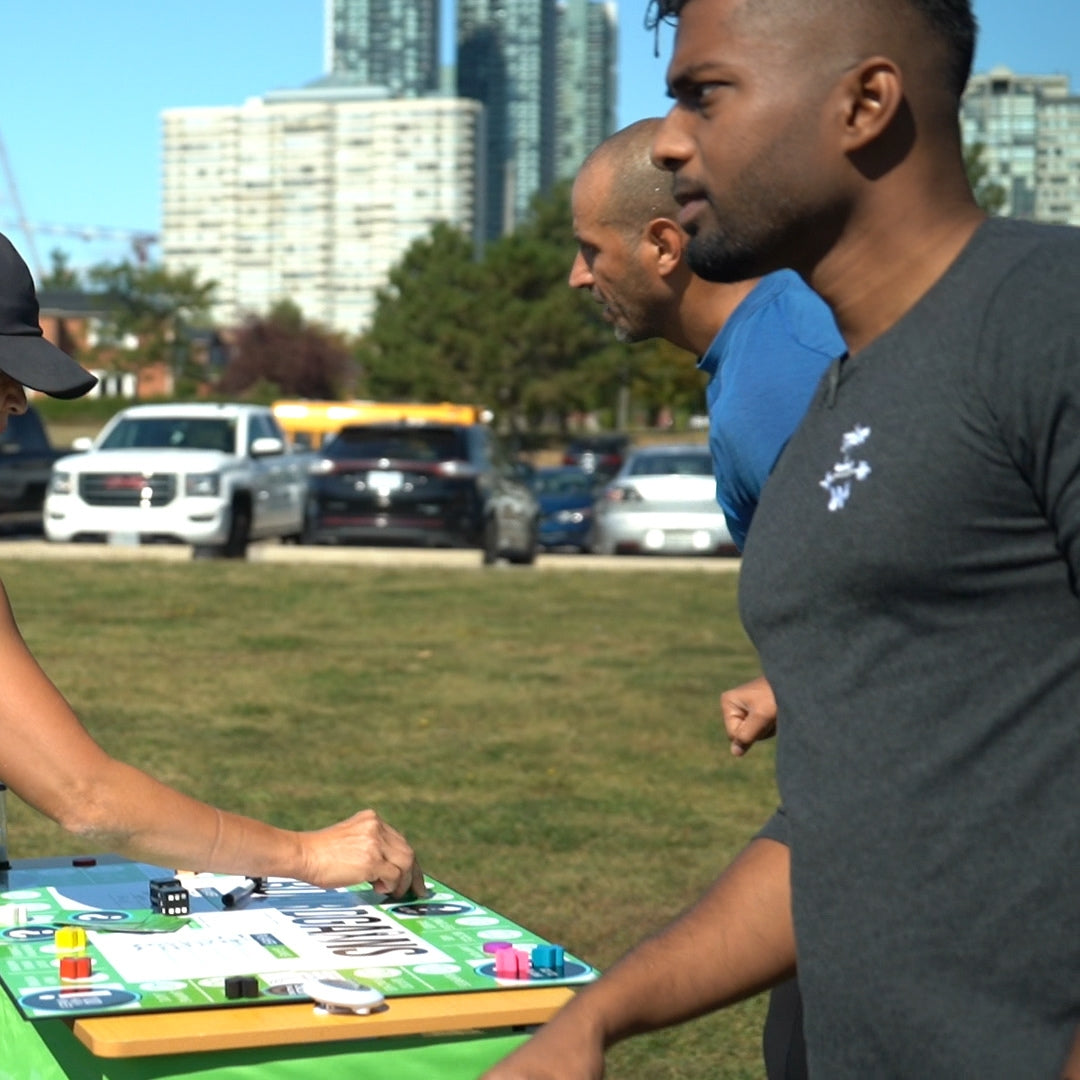
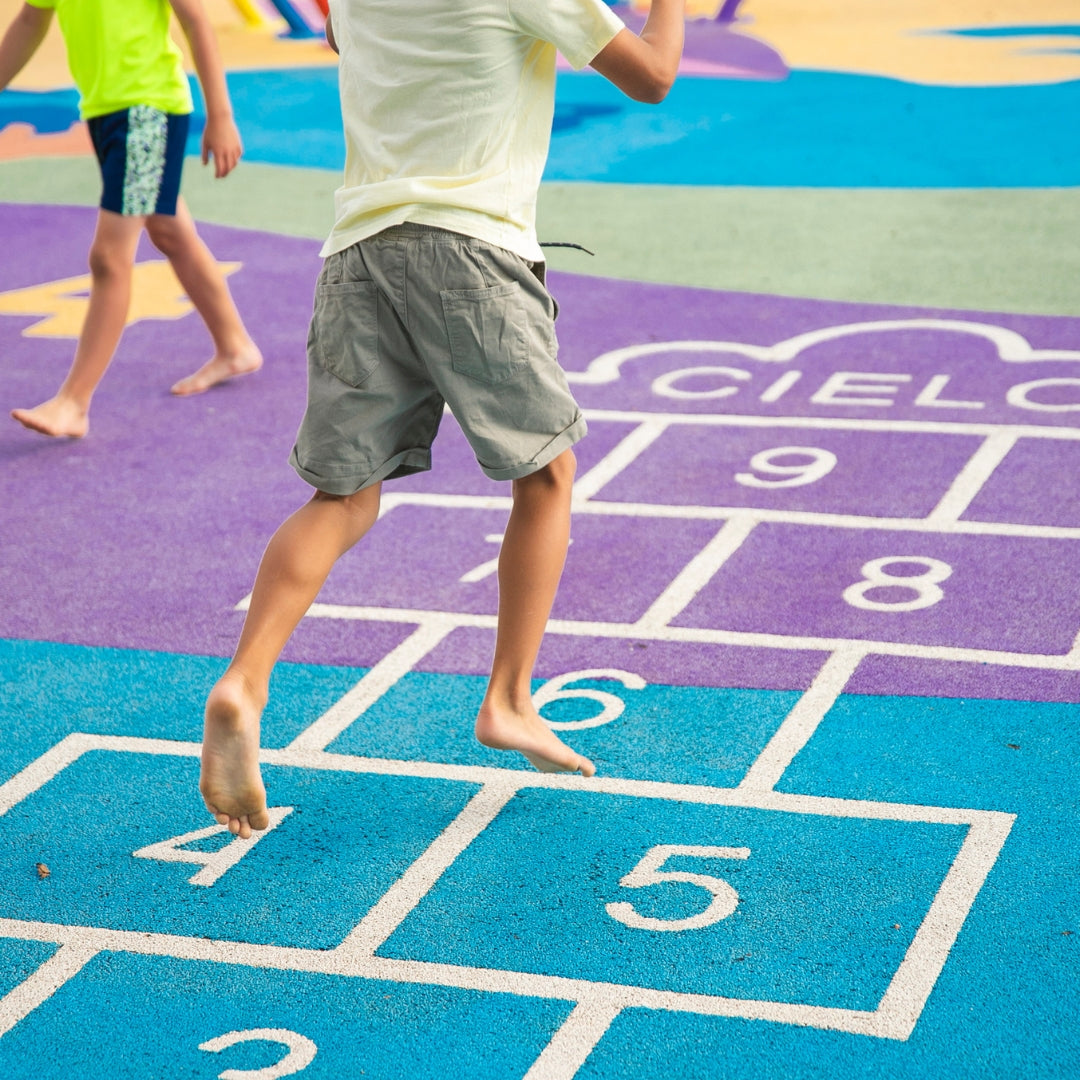

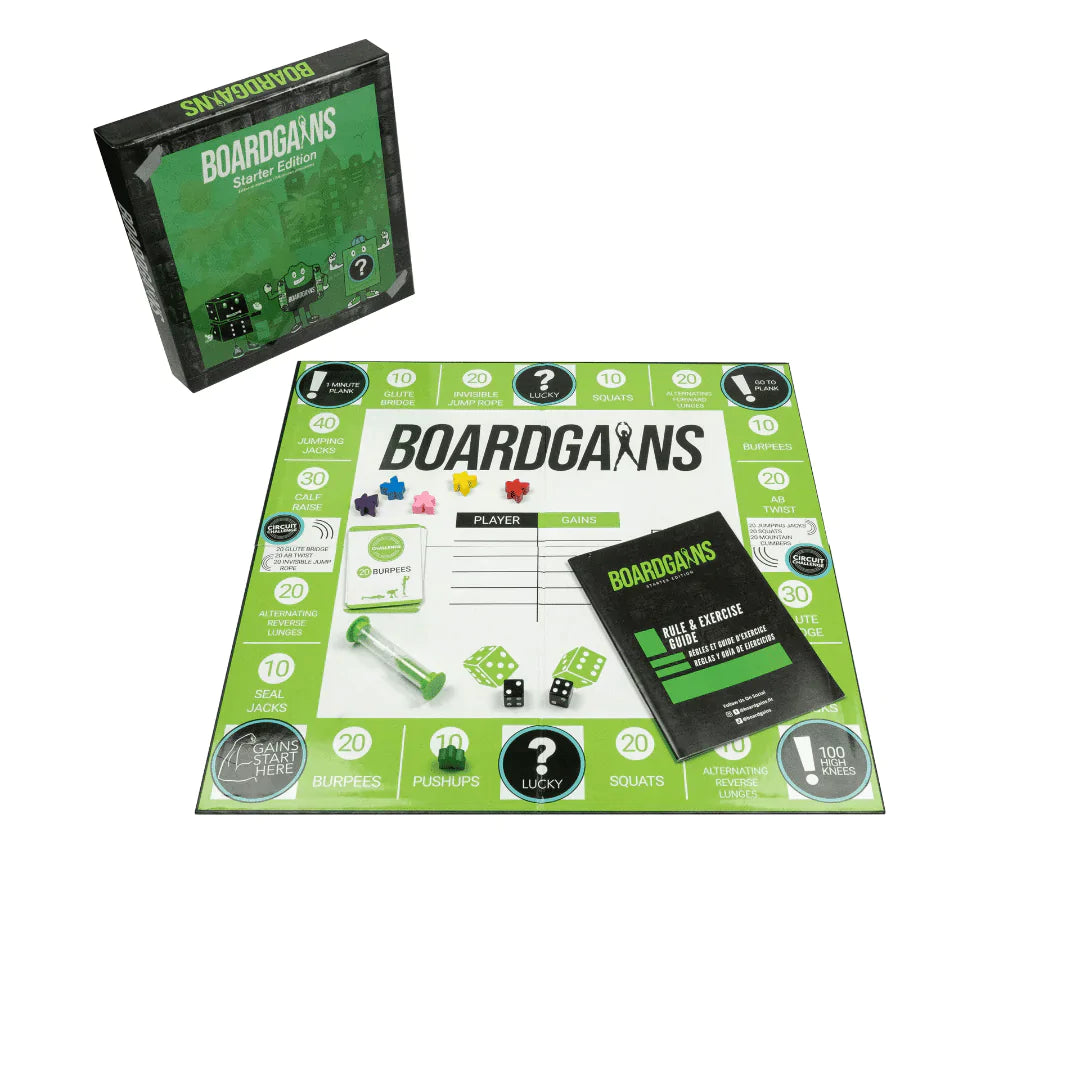

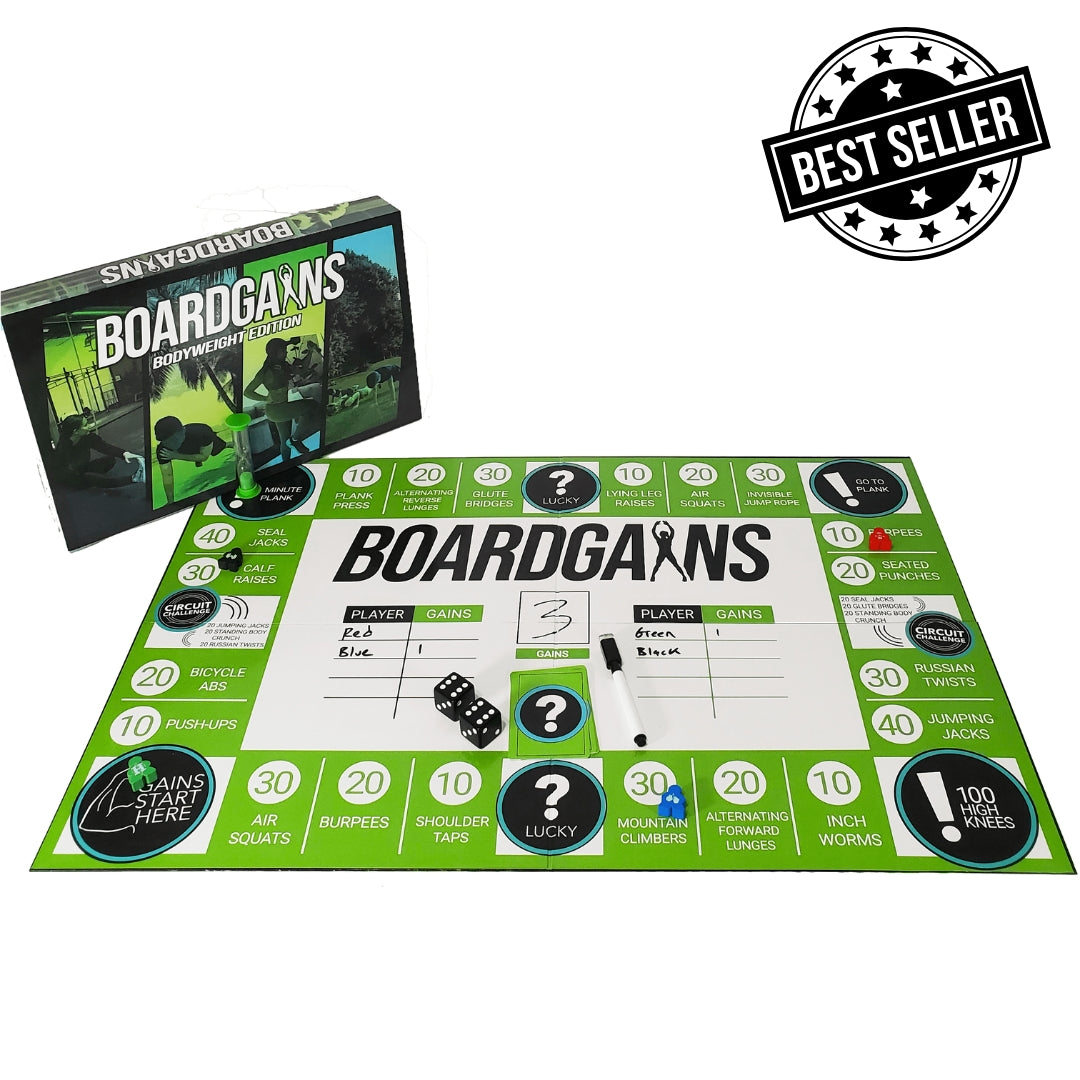
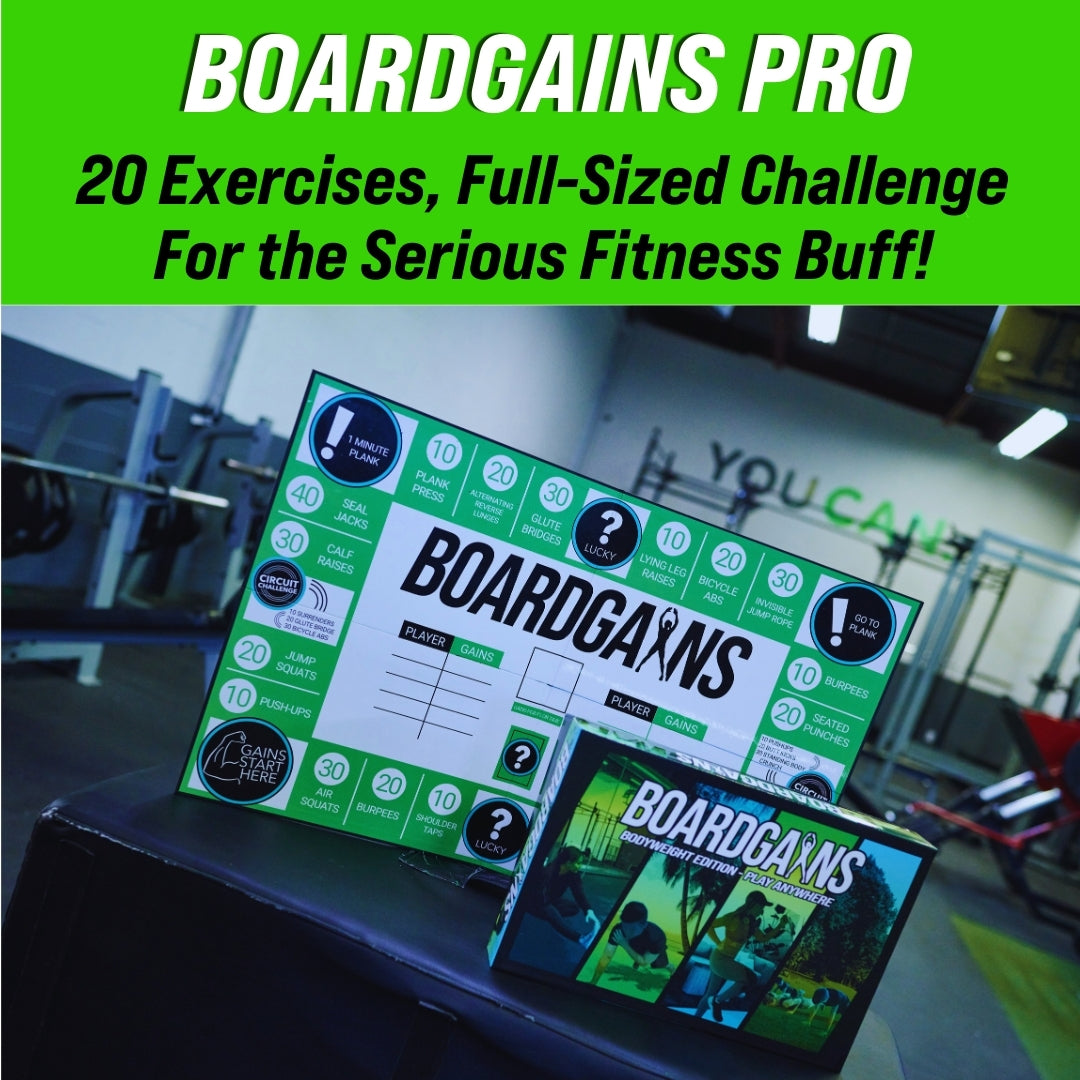
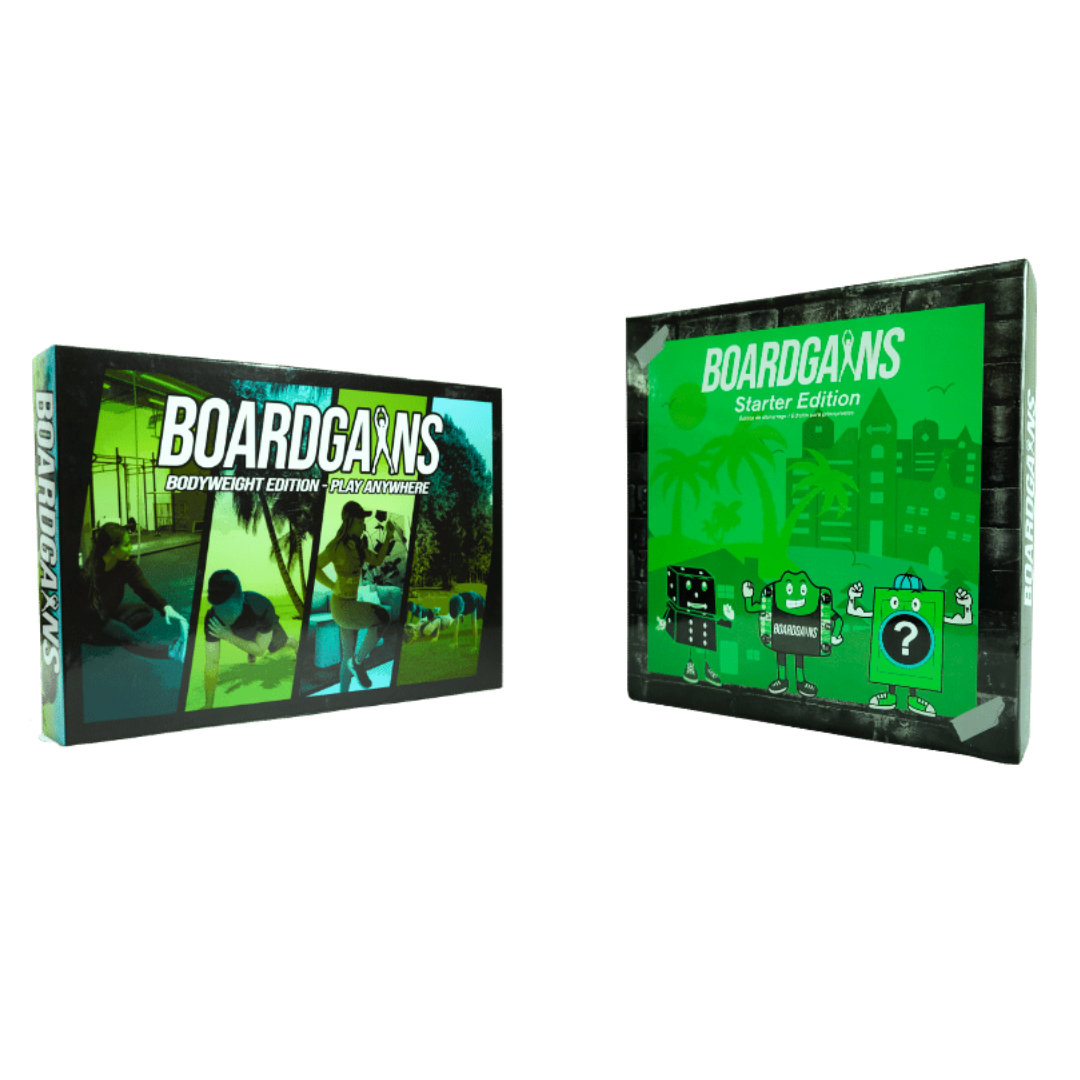
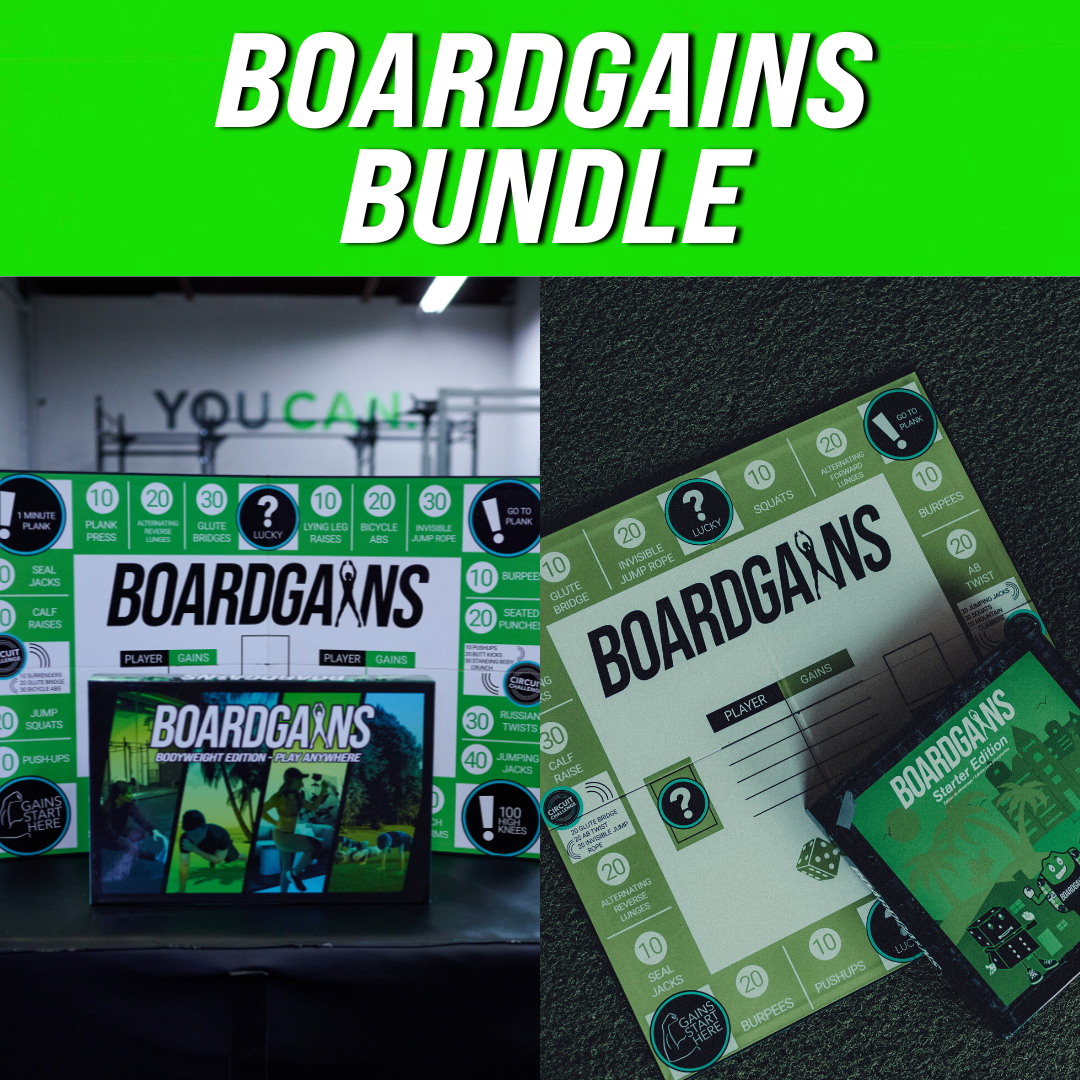
Leave a comment
This site is protected by hCaptcha and the hCaptcha Privacy Policy and Terms of Service apply.